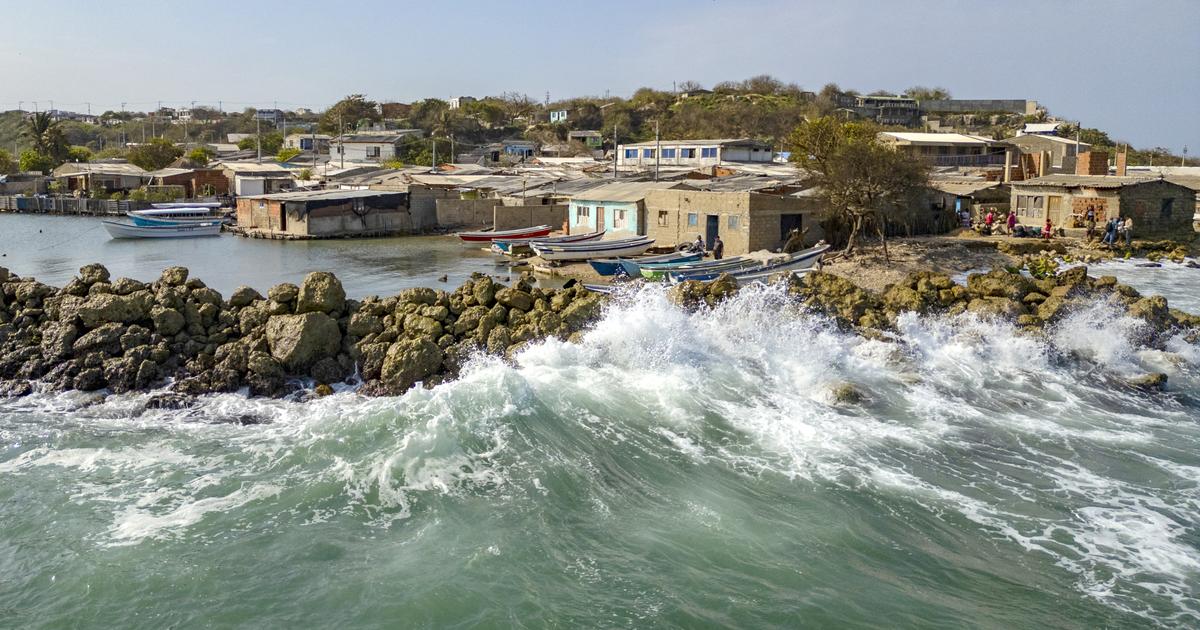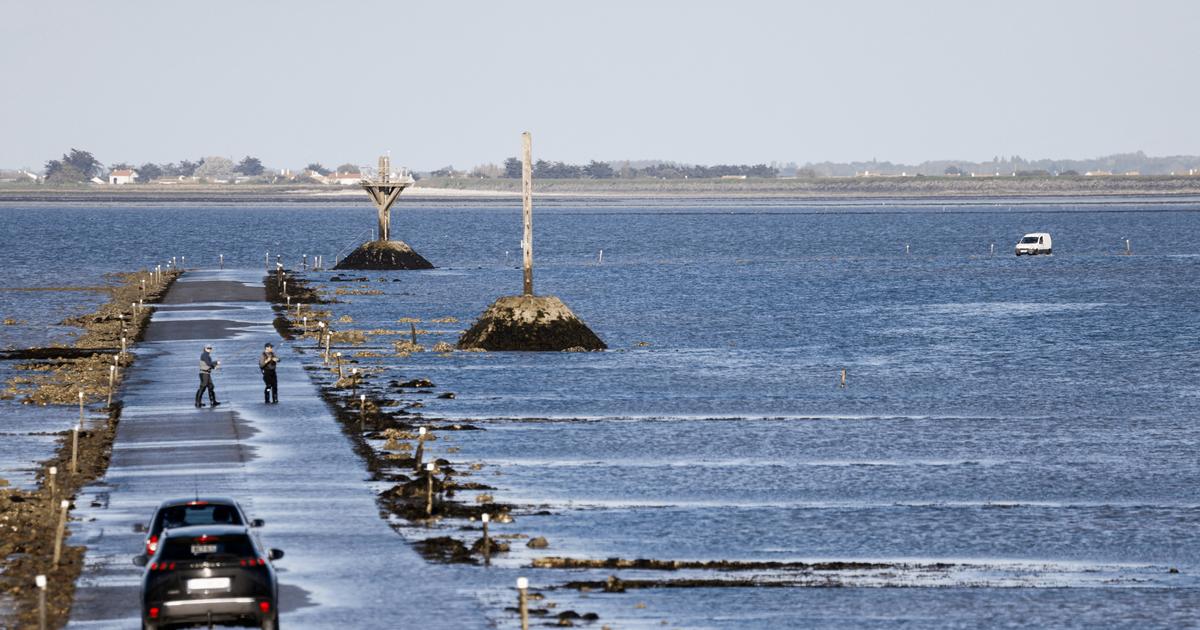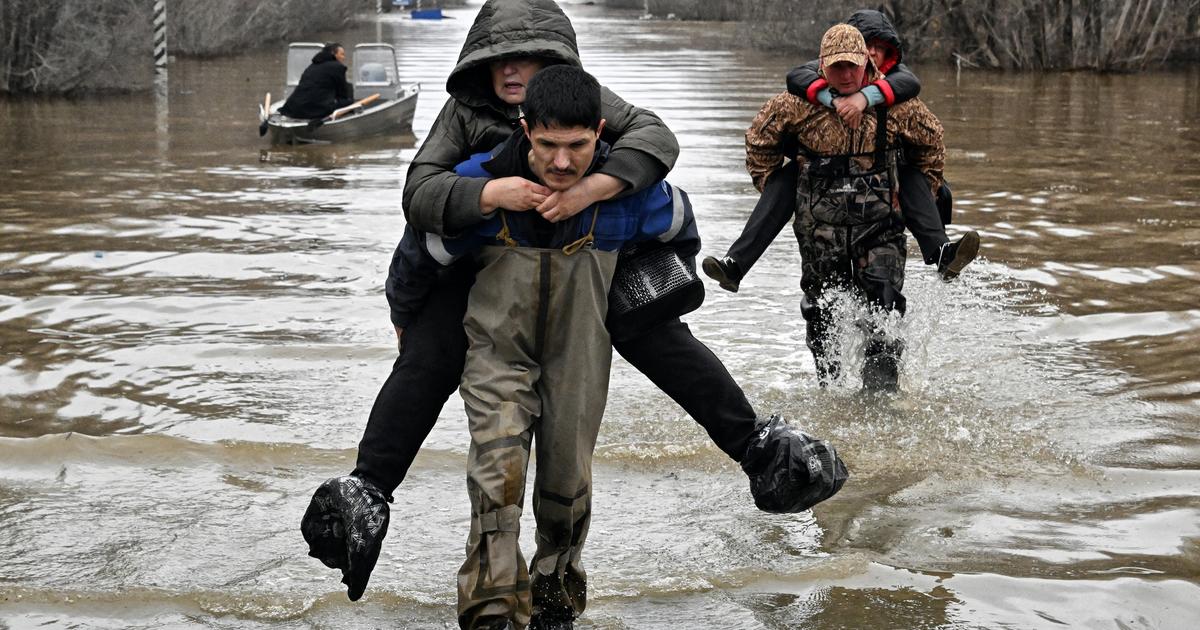- Click to share on Facebook (Opens in a new window)
- Click to share on Twitter (Opens in a new window)
- Click here to share on LinkedIn (Opens in a new window)
- Click to email a friend (Opens in a new window)
(CNN) - Hundreds of millions of people around the world are at risk of losing their homes as entire cities will sink under rising seas over the next three decades, according to researchers.
A new study, published Tuesday in the journal Nature Communications, found that as the climate crisis intensifies, worldwide sea levels are expected to rise between 0.6 to 2.1 meters, and possibly more, in the course of the 21st century.
The findings are based on new data and artificial intelligence, almost tripling estimates of the area and threatened populations.
LOOK: These famous beaches may disappear due to climate change
By 2050, the land that currently houses some 300 million people will fall below the average annual coastal flood elevation, which means they could face serious flooding at least once a year. By the year 2100, the land where 200 million people live could sit permanently below the high tide line, making living in these coastal areas virtually impossible.
"The results indicate that, yes, there are many more people on vulnerable land than we thought," said Benjamin Strauss, one of the study's co-authors and executive president of the nonprofit organization Climate Central. He added that these affected regions must take immediate measures to avoid the impending "economic and humanitarian catastrophe."
Flood threat projections for Kolkata, India, in 2050, using old and new data sets.
Entire coastal cities could disappear if there are not enough defenses against the sea. According to the study, about 70% of people at risk of annual flooding and permanent flooding are in eight Asian countries: China, Bangladesh, India, Vietnam, Indonesia, Thailand, the Philippines and Japan.
MIRA: A device with algae, a new ally to combat climate change
The large low cities of China are particularly vulnerable, according to a Climate Central press release: we are talking about Shanghai, Tianjin and Hong Kong. Other Asian cities at risk include the Vietnamese capital Hanoi, the capital of Bangladesh, Dhaka, and the city of East India, Kolkata.
The entire southern tip of Vietnam could be flooded, according to Climate Central projections.
Flood threat projections for southern Vietnam in 2050, using old and new data sets.
Nor is it just Asia: according to Climate Central, in 19 other countries, including Brazil and the United Kingdom, the terrain could fall permanently below the high tide line by 2100.
"If our findings are valid, coastal communities around the world must prepare for much more difficult futures than can be anticipated today," the study warned. “Recent work has suggested that, even in the US. In the US, rising sea levels in this century can induce large-scale migration away from unprotected coasts, redistribute population density throughout the country and exert great pressure on inland areas. ”
MIRA: Scientists warn of a potential catastrophic increase in sea levels
The climatic emergency has seen how glaciers and ice sheets melt rapidly, from the Himalayas to Antarctica. Previous reports had predicted that sea level could rise by about 0.9 meters, which Climate Central researchers now say was an overly conservative estimate.
Flood threat projections for London in 2050, using old and new data sets.
"We have already passed from a world in which the sea level was stable to one in which it is rising, and will continue to rise for decades and, indeed, hundreds of years," Strauss told CNN.
Of the main ice sheets, Greenland is melting faster, and lost more than 275 gigatons per year on average between 2006 and 2015, according to a historical report last month of the United Nations Intergovernmental Panel on Climate Change (IPCC). But the even larger Antarctic ice sheet is also shrinking, and its mass loss tripled between 2007 and 2016 compared to the previous 10 years.
MIRA: Greenland glaciers could increase sea level due to accelerated melting
These rising oceans mean a disaster for coastal residents who could be forcibly displaced. Whole islands of the Pacific could be submerged, creating waves of climate refugees that might have nowhere to go. They are not protected by international laws, so industrialized countries are not legally obliged to grant them asylum.
The rise in sea level contributes to warmer global temperatures, changing the types of crops that farmers can grow, which means that millions of people could face food and drinking water shortages, health crises and a disrupted global economy.









